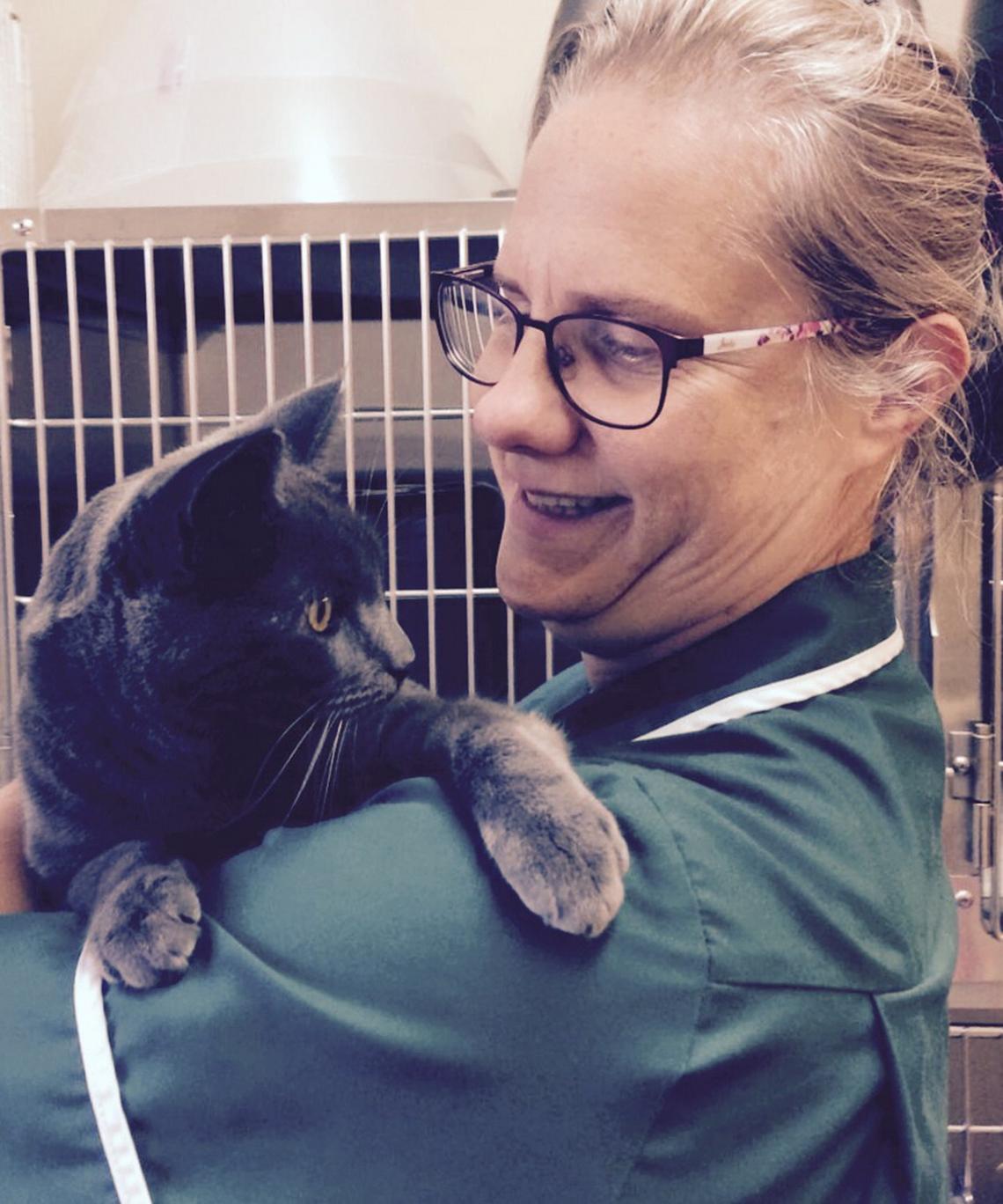VNJ Articlesarrhythmiaclinicalecgelectrocardiogramsinus rhythm
23 August 2022
ECG interpretation by Charlotte Pace
ABSTRACT: Electrocardiograms (ECGs) are an important diagnostic tool for every day work in veterinary practice, yet still can be a daunting prospect for veterinary nurses. ECGs have many uses from the emergency case to post surgery recovery, from anaesthesia to monitoring drug toxicities. Gaining a better understanding of what the ECG trace should look like, appreciating how to minimise problems such as artefact, and following a simple and logical guide to interpretation, will improve confidence. Basic nursing skills such as clinical presentation and pulse and heart rate assessment, will also help guide the nurse as to the severity of the arrhythmia.
Author
Charlotte Pace BA (Hons) RVN VTS (Cardiology) PG Cert (Vet Ed) FHEA

Charlotte Pace qualified as a veterinary nurse in 2003, whilst working in practice in London. In the same year she moved to the Royal Veterinary College to work as a medicine nurse. In 2006 she became the dedicated cardiology nurse for the Queen Mother Hospital for Animals. In 2010 she passed American veterinary technician exams and became the first nurse to hold the Cardiology qualification outside the US. From 2012 to 2015, Charlotte taught veterinary nurses on both degree and diploma programmes. In 2015 she returned to veterinary practice, and continues to write and lecture on veterinary cardiology Email: cpace@caw.ac.uk
Keywords: arrhythmia; ECG; electrocardiogram; sinus rhythm
To cite this article: Veterinary Nursing Journal • VOL 35 (03) • March 2020 pp72-75
To gain access to this article, select one of the links below:
